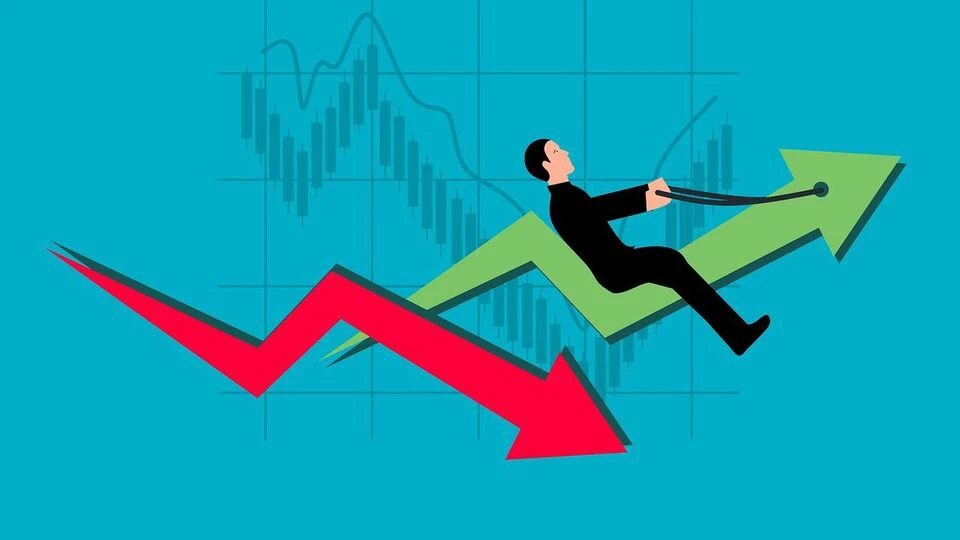Here’s a quick experiment you can try right now. Pull up a list of stocks in the asset management companies (AMC) category-the mutual fund operators-and sort them by market capitalization, highest to lowest.
Now, in another tab, do the same with brokerage companies.
You’ll notice something striking.
The largest mutual fund operator, HDFC AMC, manages about ₹8.15 trillion. The largest brokerage-Billionbrains, the parent of Groww-is now valued at almost the same level. Groww listed only days ago and famously doubled soon afterward.
As you scroll down both lists, you’ll see other companies follow a broadly similar pattern. The AMC list is shorter, without the miscellaneous small players that clutter the lower half of the brokerage list, but the valuation distribution is surprisingly comparable.
A casual observer might shrug: both industries help people invest and make money. Similar businesses, similar valuations.
But a deeper look reveals something entirely different-an irony so stark that every retail investor should pause.
Revenue vs results
The AMC list consists of companies whose customers, by and large, make money. I’d estimate that roughly 80-90% of mutual fund investors see positive returns over meaningful time periods. The brokerage list consists of companies whose customers – especially those active in Futures and Options – are more likely to lose money. According to Sebi research and industry data, about 90-95% of active traders in F&O end up losing money.
These are not parallel businesses. They are mirror opposites.
And yet, the market values them similarly.
Why? Because the market rewards revenue models, not customer outcomes.
Mutual funds earn fees based on assets under management. As your money grows, their revenue grows. Your profit and their profit are directionally aligned-even if imperfectly, since they still charge fees during bad years. Over the long term, a fund house that performs consistently poorly will lose assets and revenue.
Brokerages operate on a very different engine. They earn primarily from transaction fees-every buy and sell order-plus account charges and margin funding. Their revenue depends not on whether you make or lose money, but on how often you trade. In fact, the high-frequency trading that generates maximum brokerage income is precisely the behaviour that causes most retail investors to lose money.
This tension becomes even sharper in derivatives. Sebi found that 89% of individual F&O traders lose money. Yet brokerages aggressively promote options trading because it drives massive transaction volumes. Extended market hours, one-click options interfaces, and a flood of so-called “educational content” centred on technical analysis all push investors towards more frequent trading, not better outcomes.
Profitability paradox
The market values both business models similarly because, from a pure business perspective, they’re both effective at generating revenue. A brokerage that successfully encourages high-frequency trading can be as profitable as a mutual fund company managing long-term investments. Perhaps more so, given the transaction volumes involved.
But as an investor, you should care about which business model you’re funding with your capital. When you invest through mutual funds, you’re using a service where the provider benefits from your success. When you engage in frequent trading, particularly derivatives, you’re using a service where the provider benefits from your activity regardless of outcome.
This isn’t about demonizing brokerages. They provide legitimate services, and some investors genuinely need trading platforms to manage their portfolios. But the similarity in valuations between these opposite business models should serve as a warning. The market doesn’t distinguish between companies that help customers win and companies that profit from customer losses. The market only cares about revenue and profits.
You, however, must care.
When choosing how to invest, ignore the slick interfaces and flashy offers. Ask yourself a simple question:
Is this company’s business model aligned with my financial outcomes-or merely with my activity?
The answer may keep you from joining the 90% who eventually learn the hard way that similar market valuations don’t translate into similar customer results.
